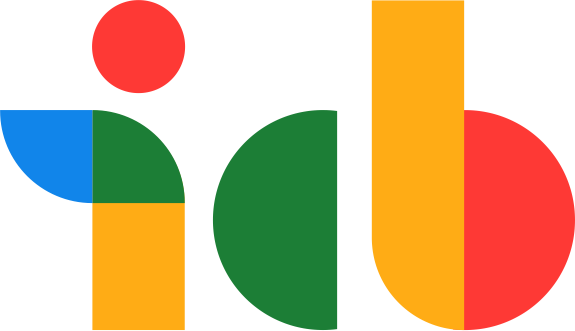About
Colour-coded filing or task lists are a highly effective accommodation that helps employees with health conditions organise and prioritise their work more effectively. By using different colours for different tasks, priorities, or categories, employees can visually distinguish between important tasks, deadlines, and files. This approach can significantly reduce cognitive overload and improve memory, task management, and overall organisation, especially for individuals who experience challenges with focus, organisation, or memory recall.
How It Works:
- Colour-coded task lists: Employees can create task lists where each item is assigned a specific colour based on priority or category. For example, red may be used for high-priority tasks, yellow for medium-priority, and green for low-priority tasks. This allows employees to quickly assess and prioritise their work without needing to read through detailed lists.
- Colour-coded filing systems: Organising physical or digital files using colours to represent categories (e.g., different colours for different projects, clients, or types of documents) can help employees quickly find the files they need. This can reduce the time spent searching for materials and minimise the risk of misplacing important documents.
- Colour-coded calendar or planner: Employees can use colour-coding within their digital or physical calendars to highlight different types of events, meetings, deadlines, and appointments. For example, meetings can be marked in blue, deadlines in red, and personal appointments in green, making it easy to see their schedule at a glance.
This accommodation reduces the cognitive load required to process and recall tasks, allowing employees to stay organised, on track, and less stressed about missing important tasks or deadlines.
Colour-coded filing and task lists are particularly useful for employees with conditions that impact their cognitive functioning, memory, and ability to stay organised.
Colour-coded filing or task lists are a simple yet effective accommodation for employees with health conditions that affect memory, organisation, and time management. This accommodation helps employees prioritise and manage tasks more effectively, reducing cognitive overload and improving their productivity and confidence in the workplace.
Costs and Funding
The costs associated with colour-coded filing or task lists can vary depending on the type of materials or tools used. Many basic options are low-cost or free, with some specialised tools or software offering additional functionalities at a higher price point.
Colour-Coded Paper and Office Supplies
Basic colour-coded office supplies, such as highlighters, sticky notes, folders, and binders, can be purchased at office supply stores and are typically inexpensive.
- Highlighter packs range from $5 to $20.
- Folders can cost around $1 to $5 each.
- Coloured sticky notes or tabs may cost around $5 to $10 per pack.
Digital Task Management Tools
Many task management tools (e.g., Trello, Todoist, Asana) offer free versions with basic functionality, including the ability to use colour-coded labels for tasks. Paid versions with more features typically range from $4 to $12 per month per user.
Digital planners or calendar apps (e.g., Google Calendar, Microsoft Outlook) also allow colour-coding and are often free, though premium versions of software, such as Microsoft 365, range from $5 to $12 per user per month.
Colour-Coded File Organising Software
If a more advanced filing system or software is required, such as for digital file management, subscription costs for software can range from $10 to $30 per month, depending on the complexity and number of features required.
The cost of implementing colour-coded systems is relatively low, and there are several funding options available through NDIS, the Employment Assistance Fund, and Employee Assistance Programs. By providing employees with tools that support organisation and task management, employers can help create a more inclusive and supportive work environment.


